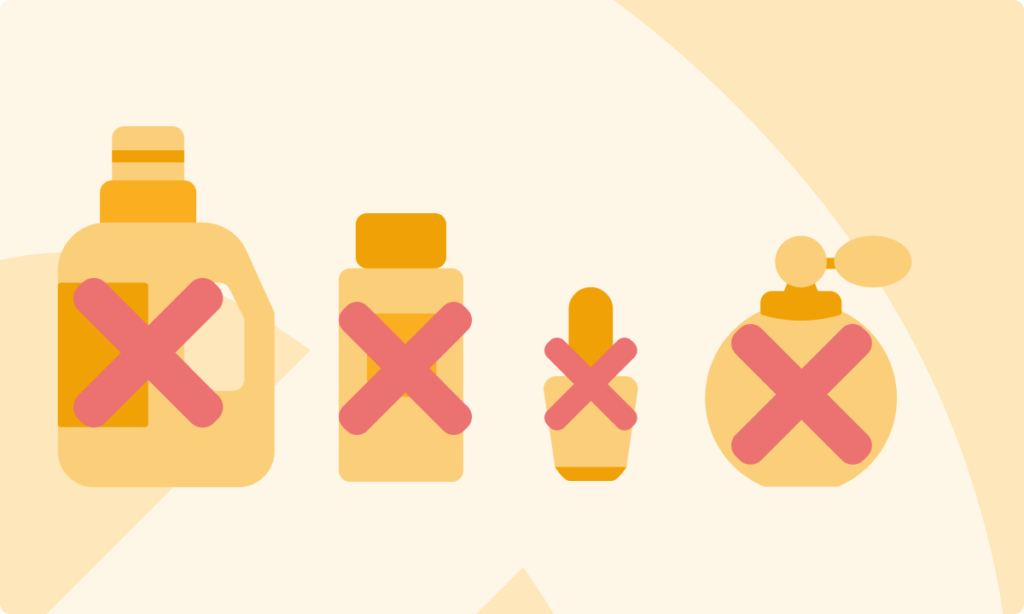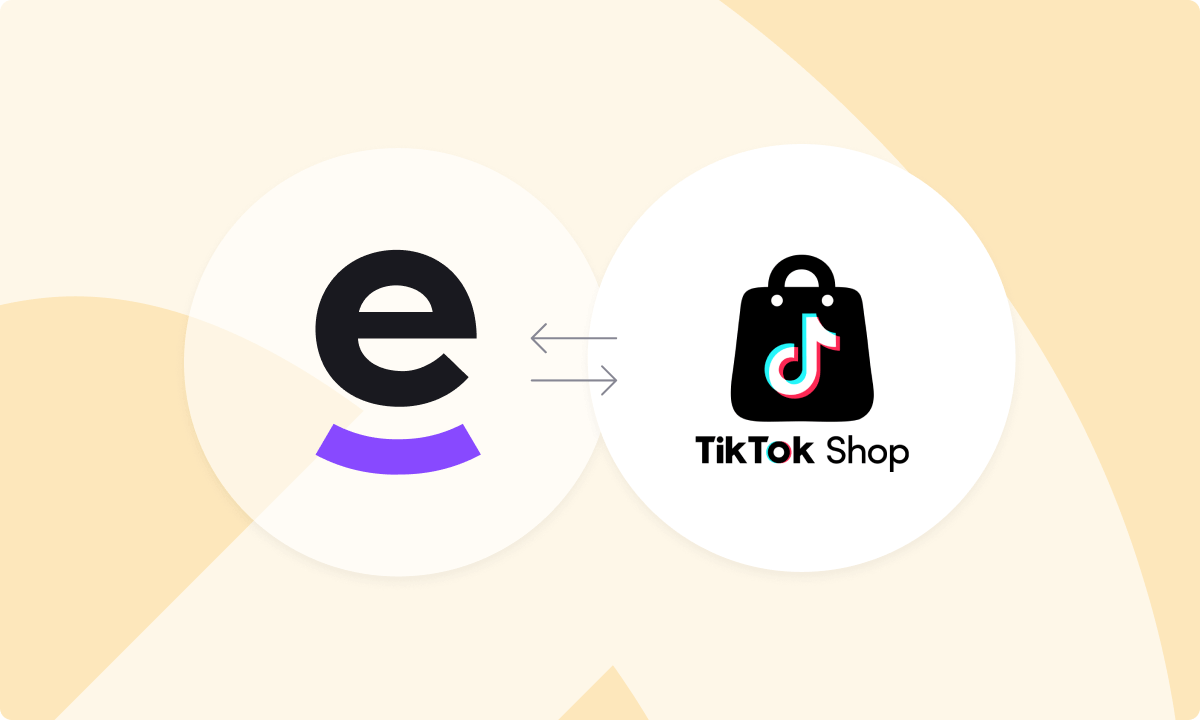According to TikTok, two-thirds of their users are likely to buy something while using the app. With 1.5B monthly active users at time of writing, that’s a potential audience of 1B eager customers you could reach by selling products through the social media behemoth.
But, to make things safe and secure for shoppers, TikTok limits what can be advertised and, ultimately, sold in the Shop.
It’s necessary to familiarize yourself with these TikTok seller guidelines to keep all your products—and your brand—above board. We’ve broken down the essential seller guidelines in plain English below to cut through some legalese and get you up and selling.
Disclaimer: TikTok’s policies vary by region, and all information contained in this article refers to their policies for the US. Furthermore, TikTok encourages sellers to seek personal legal advice if they have any questions regarding their policies.
Know who you’re selling to TikTok
Based on the latest data available, the biggest cohort of active users on TikTok are female 18-24 year olds (23.8%), and the smallest is male 55+ year olds (1.7%).
Outside of the total age range above, there are restrictions on TikTok when it comes to how old your customers have to be.
According to the TikTok Shop Content Policy, “Creators are prohibited from uploading, posting, streaming, or sharing any content that targets minors.”
And, according to an NBC report, this includes content trying to persuade minors to buy products or services, or content to try to get minors to persuade their parents to buy them products or services.
So, selling on TikTok Shop (TTS) mightn’t be for you if your target demographics fall into those restrictions.
Theoretically, the only other criteria to start selling are that you’re over 18 yourself, and have 5K+ followers. But, there are other rules you should be aware of before taking the plunge.
Combine support inboxes from every marketplace—including TikTok Shop—into one, with eDesk:
Know what you can’t sell on TikTok
Late last year, TikTok blocked 37 million product listings. Fortunately, by following seller guidelines, yours shouldn’t be among them. TikTok breaks down what can’t be sold in their Shop into a few categories. The first 2 are absolute no-nos: dangerous goods and prohibited products. Let’s take a look at them in detail.
TikTok Shop Dangerous Goods
As defined by TikTok, a Dangerous Good is one that’s capable of posing unreasonable risk to health, safety, and property during shipping, storage and handling. For the most part, these will contain potentially harmful chemicals, or lithium batteries.

Though some sellers might think their products are fairly innocuous, given their potentially hazardous nature, they’re out of bounds for TikTok.
Some common items that fall into TikTok’s dangerous goods category include:
- Hair dye
- Perfume
- Essential oils
- Nail polish
- E-books
- Aerosols
- Household detergents
- Markers and highlighters
- Bluetooth headsets and
- Arts and crafts kits
TikTok Shop Prohibited Products
Prohibited Products, per TikTok, are those that can’t be sold in their Shop under any circumstances. These include the dangerous goods above While their official definition is quite lengthy, you can broadly think of Prohibited Products as anything that’s counterfeit, illegally obtained, illegally imported, or recalled.
There are some other restrictions that fall into this category, so pay particular attention if you sell:
- Adult products
- Alcohol
- Drugs (legal and illegal)
- Tobacco and nicotine products
- Animals and animal products
- Baby and maternity products
- Wellness products
- Discriminatory or offensive products
- Weapons
- Gambling products
- Medicines
- Second-hand products
- Virtual products or
- Vehicles
The Prohibited Products list is under active review, so keep an eye on it to make sure you stay in step with TikTok’s requirements.
TikTok Shop Academy gives a full breakdown on the particular definitions of all of the above if your product happens to fall in a gray area, or you’re unsure about how they’re regulated.
Know which items are restricted on TikTok
As we said, Prohibited Products are those that can’t be sold on TikTok under any circumstances. Restricted Products are an “it depends” scenario. While you can sell Restricted Products, they and you must comply with certain parameters to put them on TTS.
There are a few categories where sellers must include extra information to offer products on TikTok:
| Product category | Additional requirement(s) |
| Beauty and personal care |
|
| Consumer medical devices |
For Consumer Medical Devices Class I:
For Consumer Medical Devices Class II have the same restrictions as Class I in addition to:
|
| Electronics |
The same rules apply here whether or not products are Bluetooth and/or Wi-Fi enabled.
|
| Food and beverages |
Note: Cross-border sellers can’t sell food and beverages on TikTok.
|
| Pet food |
|
| Surprise-based products |
Examples here include advent calendars, golden eggs and mystery boxes.
|
| Children’s products |
Children’s products are defined by TikTok as anything intended primarily for kids under the age of 12.
|
| Jewelry, watches and accessories |
|
The bad news? There are even more restrictions for some more niche products. The good news? You can find an exhaustive list of all the restrictions and the products they apply to in this TikTok resource.
Follow TikTok’s advertising guidelines
It’s a given that, if no one can find your product, no one can buy it. However, 67% of TikTok users said that the platform helps them get ideas about brands and products they’ve never thought of before, making it a rich space for brands trying to find their footing on the platform for the first time.
Advertising’s a natural choice to boost visibility but, just like selling the items, advertising your products on TikTok comes with a few caveats.

As well as not being able to advertise your products unless they comply with the policies we’ve outlined above, TikTok’s very specific about how you can promote your stock.
Content-specific restrictions
Any “sensational” content—meaning anything gory, violent, sexual or cruel—violates TikTok’s content policy. Ditto for “misleading or false” content, which is pretty self-explanatory, but includes ad content that’s inconsistent or exaggerated.
This one gets even more granular, because it includes any visuals using beauty filters that could exaggerate the effectiveness of products, or any ads that make unsubstantiated health claims.
Low-quality content also gets a mention, and TTS defines it as creative that overuses static images or gifs, or inappropriate use of language.
Restrictions around misleading traffic, spam and fraud
Any deceitful advertising is strictly prohibited by TikTok. This includes things like impersonating individuals or brands, artificially generating orders, feedback, and interactions. TikTok also disallows the use of landing pages that require personal info to proceed, or that automatically download files to buyers’ devices.
Other legal considerations
A restriction that underpins everything we’ve covered so far is that you need to comply with the laws of the land when you’re selling on TTS. So, when in doubt, seek personal legal advice.
Don’t forget about intellectual property
TikTok Shop has sturdy protections in place to discourage IP infringement. While they don’t give official legal guidelines, they do make some suggestions as to how you can avoid stepping on toes when it comes to copyrights, patents, trademarks and trade secrets.
Pre-listing, they recommend you check if your supplier is authorized to distribute the products they’re working with.

Also, you should prepare all the necessary documentation: a letter of authorization from our supplier, a copy of your intellectual property rights certificate, and legal documentation if you’re creating your own products.
Stories from sellers who got it wrong
These policies may seem strict, but disobeying them comes with serious consequences. There are plenty of cautionary tales about the consequences of breaching TTS guidelines.
One Reddit user got their shop deactivated because they didn’t comply with the appeal window. Another ban came about as a result of incorrect brand authorization.
By following the above and the official TTS set-up guide, you can keep selling, keep growing and keep your peace of mind.
What if my products get banned?
The TTS appeals process is somewhat notorious. There’ve been claims that all appeals are handled initially by AI, but that’s yet to be substantiated. In any case, in classic TikTok form, they provide a video tutorial on the appeals process.
To TikTok Shop, and beyond
Selling on TikTok Shop is one thing, selling on socials overall is another, and selling on any of the 300+ other marketplaces out there is yet another lucrative way to take your eCommerce to the next level. Connect all your marketplaces, under one roof, with a free trial of eDesk.




